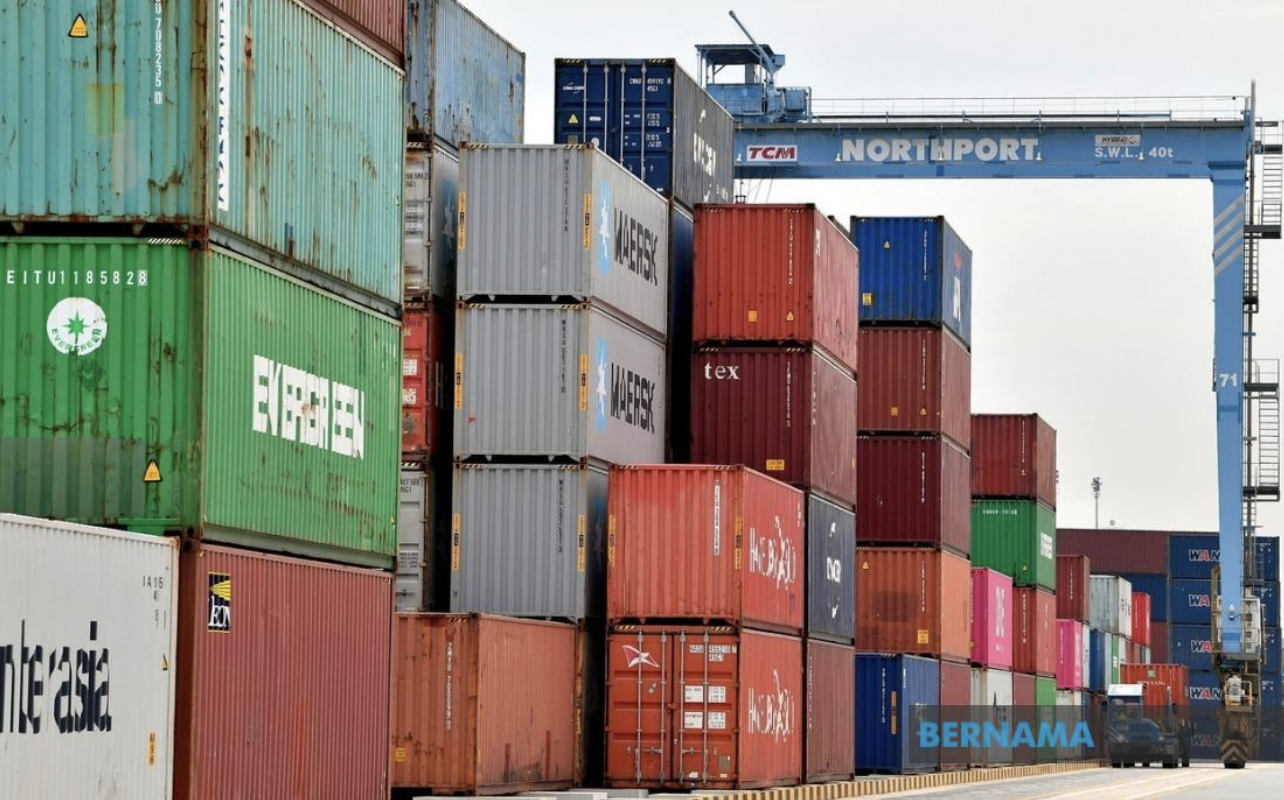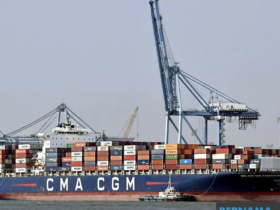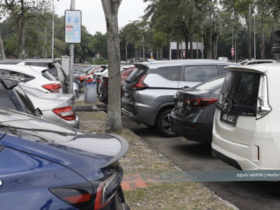KUALA LUMPUR, Oct 7 — Malaysia’s economic growth is expected to remain at 4.1 per cent in 2026, unchanged from its 2025 forecast, according to the World Bank.
Its lead economist for Malaysia, Dr Apurva Sanghi, said the growth momentum is slowing and 2026 would be rather restrained as external and domestic factors are likely to cap growth.
“Global and regional forecasts are not that rosy. Specifically, we find Malaysia’s economy highly sensitive to changes in the United States (US) and China,” he said in a media briefing to launch the World Bank’s October 2025 East Asia and Pacific Economic Update, here today.
Apurva said Malaysia’s economic growth would mainly be driven by private consumption, buoyed by wage increases, government transfers and accommodative monetary policy.
In terms of the sensitivity changes of the US and China, he explained that a one percentage point reduction in US growth reduces estimated growth in Malaysia by 0.8 percentage points.
Additionally, a one percentage point decline in growth in China reduces growth in Malaysia by about 0.45 percentage points.
“The impact of a slowing US economy is much larger on Malaysia than the impact of a slowing Chinese economy, although both are important. So that is one moderating factor,” he said.
Apurva said that domestic demand and confidence in households and firms have also subsided based on business sentiment indicators shown in the RAM Index and Purchasing Managers’ Index (PMI) due to uncertainty.
“Firms have adopted a wait-and-see attitude until the tariff uncertainties are solved, including other business uncertainties. Overall, there is a general decline in business and consumer sentiment… which came from the spillover from the uncertainties,” he said.
On trade and technology challenges, Apurva said Malaysia’s electrical and electronic (E&E) sector could also lose its ground in advanced semiconductor production, particularly in the artificial intelligence (AI)-related chips dominated by Taiwan and South Korea.
For 2026, he said growth in exports for Malaysia is projected to be flat at 2.9 per cent, while growth in imports is expected to come down to 3.7 per cent from 4.5 per cent previously.
Apurva said the low research and development (R&D) spending and limited local innovation, which saw only 13 to 18 per cent of patents filed by Malaysians, is also a challenge that needs to be addressed.
He also said further consolidation would be required to place debt on a sustainable path, as debt to gross domestic product (GDP) currently stood at 64 per cent.
The Fiscal Responsibility Act (FRA) has stated that the 60 per cent debt ceiling must be reached between three to five years.
“There is a need for stronger revenue mobilisation that needs to go beyond Sales and Service Tax (SST) and tax compliance, because you cannot keep on increasing the SST rate or the scope,” said Apurva.
He also said that Malaysia could liberalise trade beyond the US to all partners, leverage ASEAN growth linkages, and reduce restrictions in services trade.
Firm-level reforms should focus on improving the business environment, reducing corruption in permits, and levelling competition between formal and informal sectors.
“The next phase of Malaysia’s economic story hinges on productivity, innovation, and deeper integration,” said Apurva.


-加码-scaled.jpg)

-加码-scaled.jpg)

















Leave a Reply